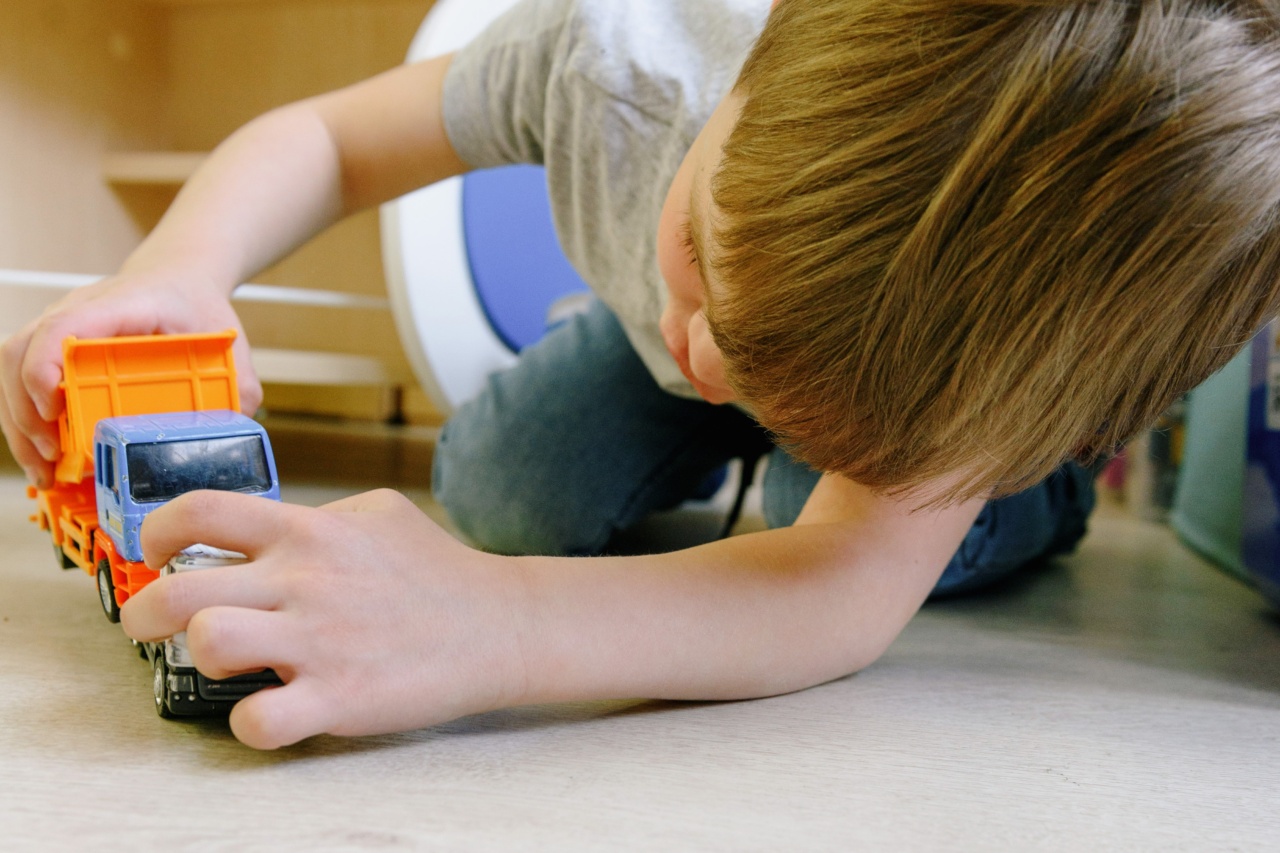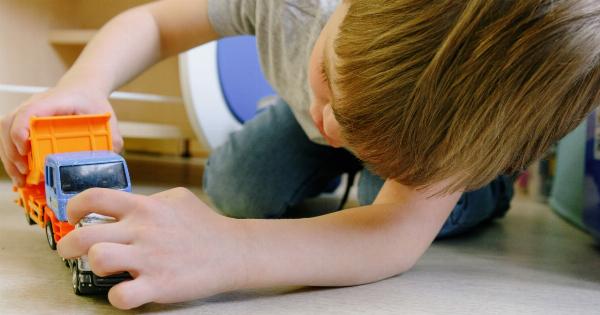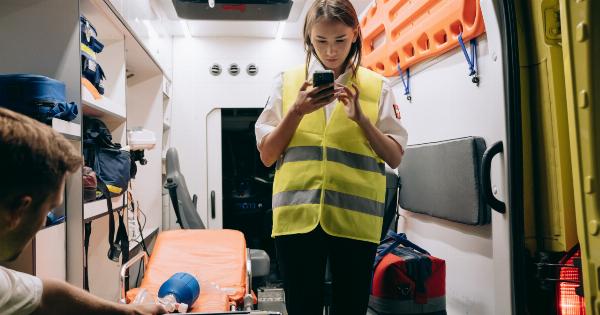Leaving kids alone in cars can be extremely dangerous and potentially life-threatening. Even a short duration of being left unattended in a vehicle can lead to devastating consequences.
Parents and caregivers must understand and consider various factors that contribute to these dangers. From extreme temperatures and suffocation risks to potential accidents and child abductions, the risks associated with leaving kids alone in cars are numerous.
In this article, we will discuss some of the crucial factors to consider when it comes to the dangers of children being left unattended in vehicles.
1. Extreme Temperatures
One of the most significant dangers of leaving kids alone in cars involves extreme temperatures. During hot weather conditions, the interior of a car can heat up rapidly, often reaching deadly temperatures within minutes.
This situation can result in heatstroke, which can lead to brain damage, organ failure, and even death. On the other hand, in cold weather, children left inside vehicles without proper warmth can experience hypothermia, frostbite, or other cold-related injuries.
2. Suffocation Risks
Children left alone in cars are at risk of suffocation due to various factors. For instance, some kids may accidentally become entangled in seat belts or loose items, leading to strangulation or choking.
Additionally, small objects left within reach can pose a danger if ingested, potentially causing a child to choke. It is crucial to keep vehicles clear of any potential hazards and ensure children are properly strapped in their seats.
3. Accidental Car Engagements
Occasionally, children left alone in vehicles may accidentally engage the car’s gear, resulting in unintentional movements. This can lead to accidents, causing injury not only to the child inside the car but also to pedestrians or other vehicles.
Such accidents can have severe consequences and must be prevented by never leaving children unattended in a running vehicle.
4. Medical Emergencies
Children can unexpectedly encounter medical emergencies when left alone in a car. Seizures, choking incidents, allergies, or other sudden health issues can occur without warning.
Without immediate attention and intervention, the consequences can be life-threatening. Parents and caregivers should never leave children alone in cars, as it can delay the crucial response time that may be required in such emergencies.
5. Attempted Abductions
Leaving children unattended in cars increases the risk of attempted abductions. An unattended child is an easy target for potential kidnappers, as they may take advantage of the situation.
It only takes moments for an opportunist to approach the vehicle, open the door, and kidnap the child. Ensuring the safety of children should always be a priority, and leaving them unattended greatly compromises their security.
6. Impacts on Mental and Emotional Health
Being left alone in a car can have a negative impact on a child’s mental and emotional well-being. Feelings of abandonment, fear, and distress can arise, causing significant psychological harm.
Children may develop anxiety or other long-term emotional issues due to traumatic experiences in vehicles. It is essential to prioritize a child’s emotional well-being and avoid any scenario that compromises their safety or mental health.
7. Unrestricted Access to Dangerous Items
Children left alone in cars may have unrestricted access to various dangerous items, such as matches, lighters, sharp objects, or toxic substances. Such items can cause accidents, fires, or poisoning.
Curiosity and lack of supervision can lead children to engage with these items, often resulting in severe injuries or hazardous situations.
8. Strangulation Risks from Power Windows
Power windows in vehicles pose a significant strangulation risk for young children. Accidentally activating the power window switch when their head or body is partially outside the window can result in severe injuries or even death.
Children left alone in cars may inadvertently touch the power window switch, putting themselves at risk of strangulation. Parents and caregivers must never leave children unattended in a vehicle with power windows engaged.
9. Lock-In Situations
Lock-in situations can occur when a child is left alone in a car, especially if they are too young to operate the door locks independently.
Children may accidentally activate the child safety lock or lock themselves inside the vehicle, rendering themselves unable to exit. This can be particularly dangerous, especially during extreme temperatures or in emergencies when immediate evacuation is necessary.
10. Legal Consequences
Last but not least, there can be severe legal consequences for leaving kids alone in cars, depending on the jurisdiction.
Many countries and states consider it a criminal offense to leave a child unattended in a vehicle, potentially subjecting the responsible adult to penalties, fines, or even imprisonment. It is crucial to be aware of local laws and regulations regarding child safety in vehicles.
Conclusion
The dangers associated with leaving kids alone in cars are numerous and should never be underestimated.
From extreme temperatures and suffocation risks to accidental car engagements and potential abductions, the risks are far too great to justify leaving a child unattended, even for a short period. Parents and caregivers must prioritize the safety and well-being of children, ensuring that they are always supervised and never left alone in vehicles.





























